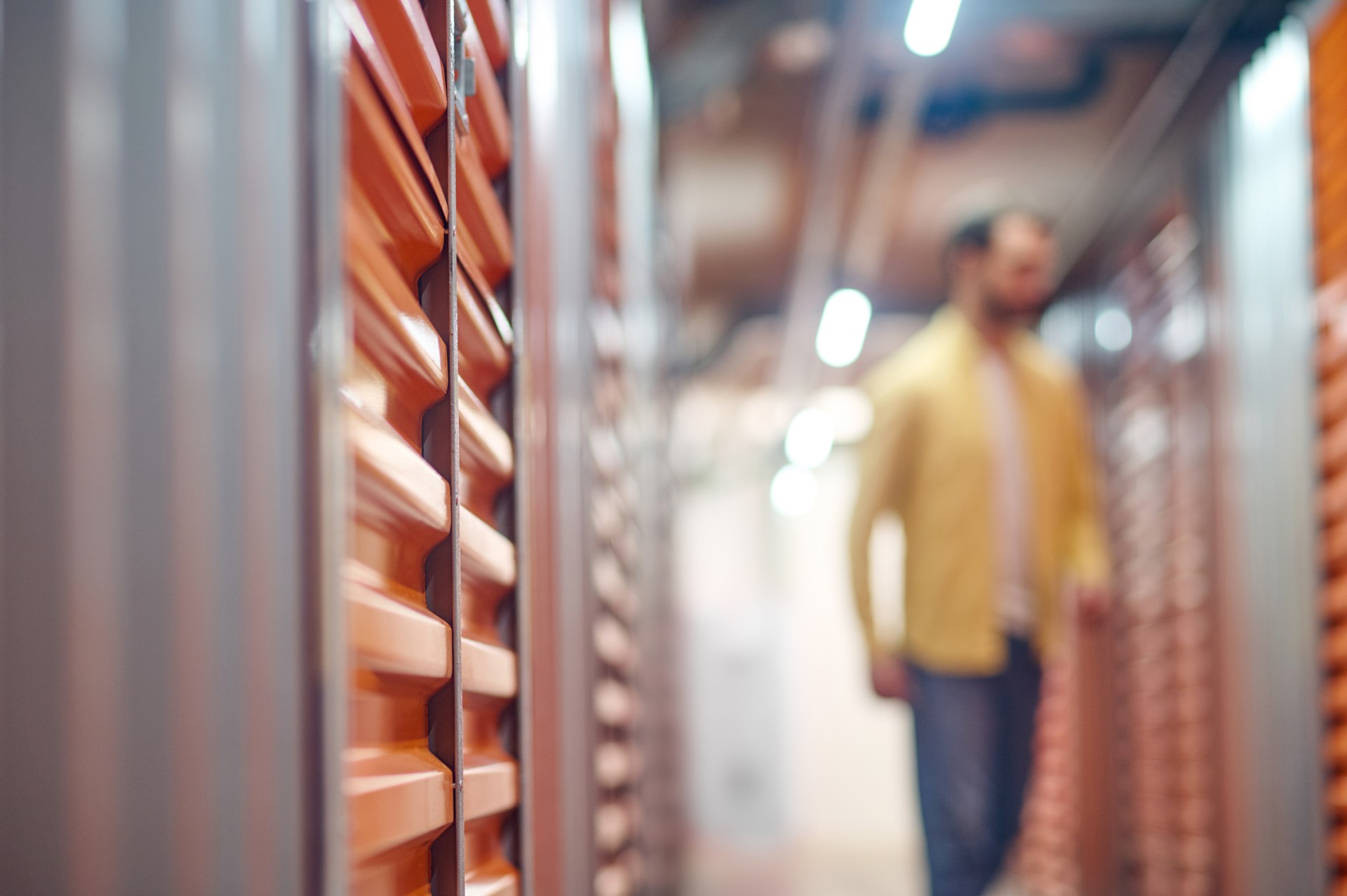Cable carriers, also called energy chains, come into play in several industries. Whether you’re in manufacturing, metal fabrication, or construction, chances are you use energy chains in some capacity. These components can protect wiring, hoses, and cables from tangling or sustaining damage from the surrounding environment as well as the motions of the machinery they’re used in. This, in turn, can save you a great deal of money and downtime.
Looking at Different Types of Energy Chains
You’ll find that there are several types of Energy Chains for Industrial Use. They’re made of different materials and designed for different purposes, and each one has its own set of benefits. Take a look at some of the types of energy chains on the market and what makes them stand out.
Plastic
Plastic cable carriers are common in certain industries and types of machinery. They’re lightweight, so they don’t weigh machinery down, and they can be used in high-speed applications. They’re also resistant to moisture and corrosion. While they’re less expensive than other types of energy chains, they’re also less durable. That means they’re not made for some heavy-duty applications. Plastic energy chains are recommended for general applications and light to moderate loads. They’re often used in CNC machines and packaging equipment, but those aren’t their only uses.
Steel
Steel energy chains are also widely used. They’re stronger and more resistant to heat than plastic cable carriers. They’re best for heavy-duty applications. They’re also recommended for machinery and production processes that involve high temperatures. Though these cable carriers are durable, they’re not suitable for constant exposure to moisture. They can hold up against some chemicals and other hazards, but they’re not invulnerable to corrosion. These energy chains are often used in metal foundries, steel mills, and heavy machinery to name a few applications.
Hybrids
Although steel and plastic are the most common materials used for energy chains, you don’t necessarily have to choose between the two. Hybrid options are also available. They’re made with a combination of plastic and metal, so they can provide the benefits of both.
While the steel they’re made with makes them heavier than plastic alone, their plastic components can help to offset their weight. At the same time, they can be composed partially of high-performance plastics that are tougher and more resistant to heat than standard varieties. They’re used in applications that require strength, durability, and corrosion resistance. Because of their improved resistance and durability, they can be used in numerous types of machinery and in a variety of situations.
Choosing an Energy Chain to Meet Your Needs
Several types of cable carriers are available. Plastic and steel are the most common, and each one has its own benefits. Hybrid versions are becoming more common, and they can be made of different types of steel and plastics for optimal performance and longevity. Consider the machinery you use and the hazards it’s exposed to when choosing an energy chain. Those factors will help you determine which type may best meet your needs.











